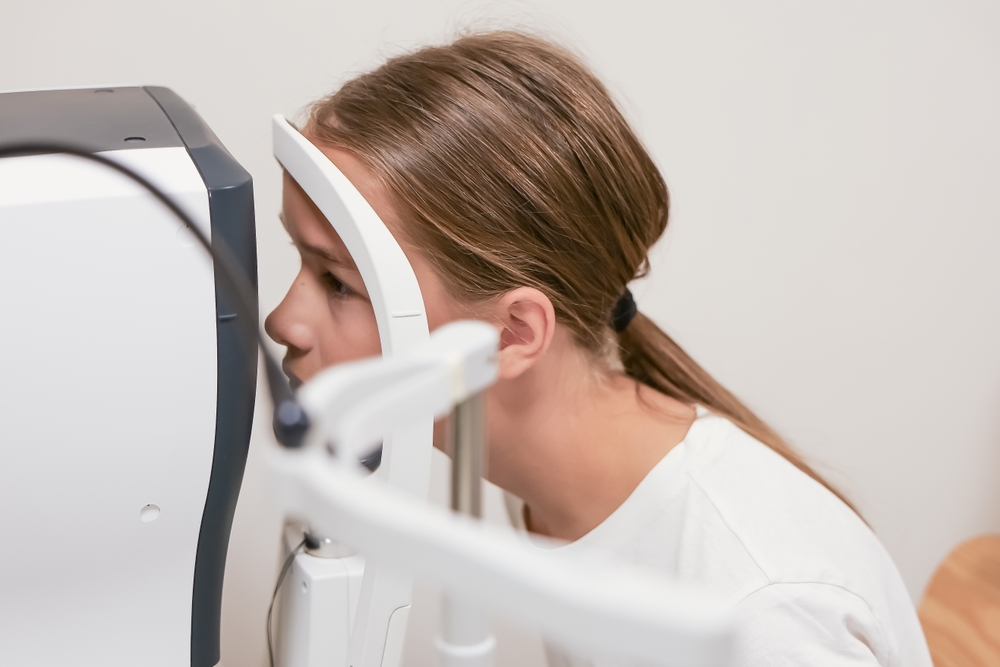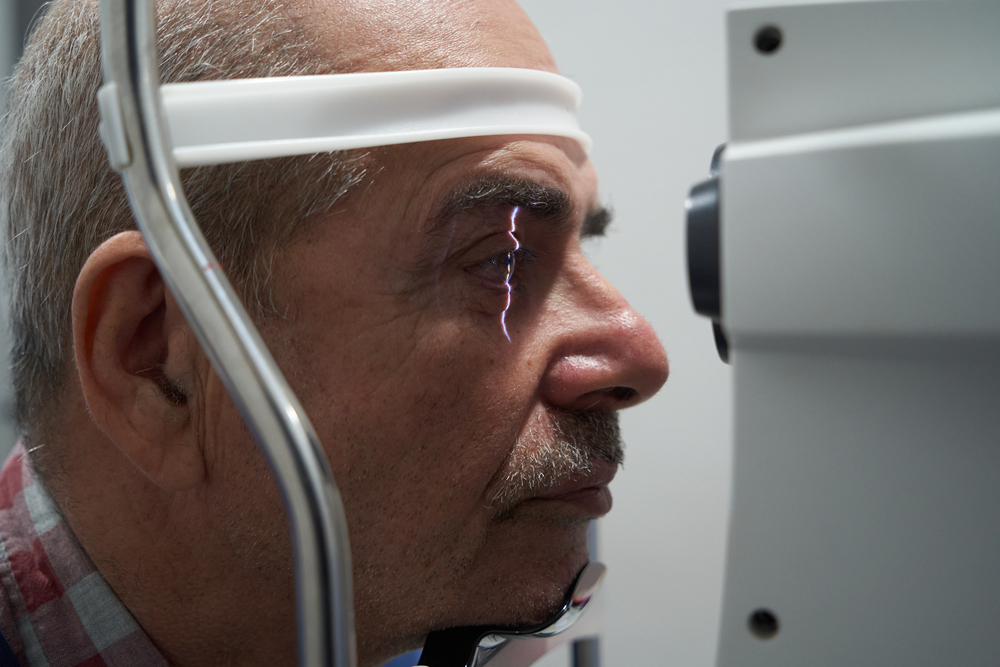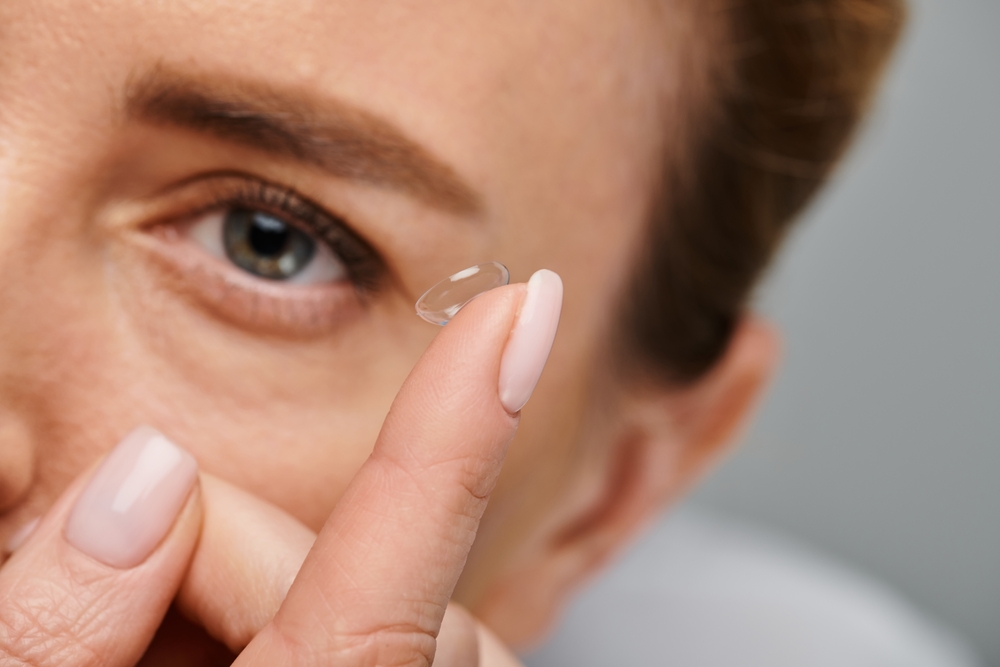The Center for Vision Development Blog
Learn more about optometrist care in our blog!

Reading and learning are complex processes that rely heavily on how well the eyes and brain work together. When a child struggles to read or keep up in school, the issue isn’t always motivation or intelligence - it can often be visual.

Many people assume that clear vision depends solely on how well the eyes see - but proper vision also relies on how well the eyes work together. When the eyes don’t align or coordinate correctly, it can lead to problems affecting comfort, focus, and daily activities.

When vision problems go beyond clarity, they can significantly impact how a person learns, works, and navigates daily life. Neuro-visual rehabilitation is a specialized approach that addresses these challenges by retraining the brain and eyes to work together more effectively.

When it comes to healthy vision, the ability for your eyes to work together as a team is essential. One common condition that disrupts this teamwork is convergence insufficiency (CI) - a binocular vision disorder that affects the way the eyes coordinate when focusing on nearby objects.

Vision is one of the most powerful tools a child uses to explore, understand, and interact with the world. While many people associate vision with simply seeing clearly, it actually involves a complex set of skills that influence nearly every aspect of a child’s development.

When most people hear the term “vision therapy,” they often associate it with children. While it's true that vision therapy is commonly used to treat visual challenges in children, it can be just as transformative for adults.

Light sensitivity (also known as photophobia) can turn everyday experiences into major challenges. For some, even moderate lighting or time spent on digital devices can lead to discomfort, headaches, or migraines. If you find yourself seeking shade indoors, avoiding screens, or feeling overwhelmed by bright environments, you are not alone.

Light isn’t just uncomfortable for some - it’s a major trigger that impacts daily life. For people living with photophobia (light sensitivity), everything from scrolling through a phone to enjoying time outdoors can quickly become overwhelming.

Amblyopia (commonly known as “lazy eye”) is a vision condition that affects many children but often goes unnoticed without a professional eye exam. It occurs when one eye doesn’t develop normal vision, typically because the brain starts to favor the stronger eye.

A concussion doesn’t just impact your brain. It can also interfere with how your eyes function and how your brain processes visual information.











